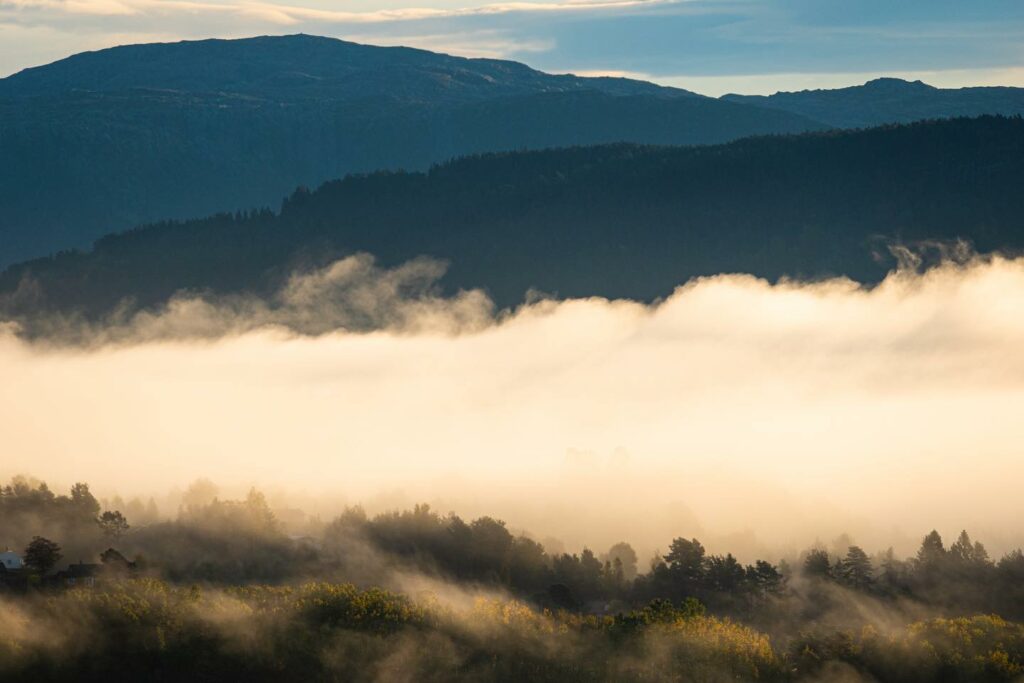
Landscape photography holds a special place in the world of photography. It allows us to capture the beauty of our planet, from vast wilderness to serene coastlines and bustling cityscapes. This genre demands a keen eye for composition, understanding of light, and technical prowess. In this article, we explore the art and science of landscape photography, equipping you with tips to start your journey.
Scouting and Preparation
Great landscape images begin with planning. Research locations, check weather forecasts, and understand the best times to shoot, usually sunrise or sunset. Modern tools like Google Earth or photography-specific apps can help identify promising locations and times.
The Power of Light
Lighting plays a crucial role in landscape photography. The quality of light can dramatically change the mood and visual impact of a scene. The golden hour and blue hour provide soft, directional, and colorful light that can enhance your landscapes.
Composition: Beyond the Rule of Thirds
While the rule of thirds is a helpful guideline, don’t be afraid to experiment. Consider elements like leading lines, foreground interest, and depth. Try different perspectives – get low, shoot high, or even try aerial views with a drone.
Mastering Depth of Field
Landscape photography often calls for a large depth of field to keep everything from the foreground to the background in focus. This requires smaller apertures (higher f-stop numbers), like f/11 or f/16. Remember, focus stacking is also an option for end-to-end sharpness.
The Magic of Long Exposures
Long exposure can turn water silky, blur moving clouds, or track star trails, introducing a magical element to your landscapes. You’ll need a sturdy tripod, and potentially Neutral Density (ND) filters to achieve this in brighter conditions.
Equipment Considerations
A wide-angle lens is often a go-to for landscape photographers, but don’t neglect the impact of a telephoto lens to compress a scene or isolate details. A tripod is crucial for stability, especially for long exposures. Filters, like polarizers or ND filters, can help manage reflections and light.
Post-Processing Landscape Photos
Post-processing is where your images come to life. Tools like Lightroom or Photoshop allow adjustments to exposure, contrast, clarity, and colors. HDR (High Dynamic Range) techniques or panorama stitching may also be beneficial for some landscapes.
Leave No Trace
As landscape photographers, it’s our duty to respect and protect the places we shoot. Follow “leave no trace” principles—don’t litter, disturb wildlife, or harm the environment for the sake of a photo.
In Conclusion
Landscape photography is a genre that combines technical skills with creative vision and a love for the outdoors. It’s about more than just capturing beautiful scenes; it’s about conveying a sense of place and emotion, telling the story of the landscape. As you venture into the world with your camera, remember, the goal isn’t just to look, but to see—to observe and capture the world’s beauty and preserve it in your frame.